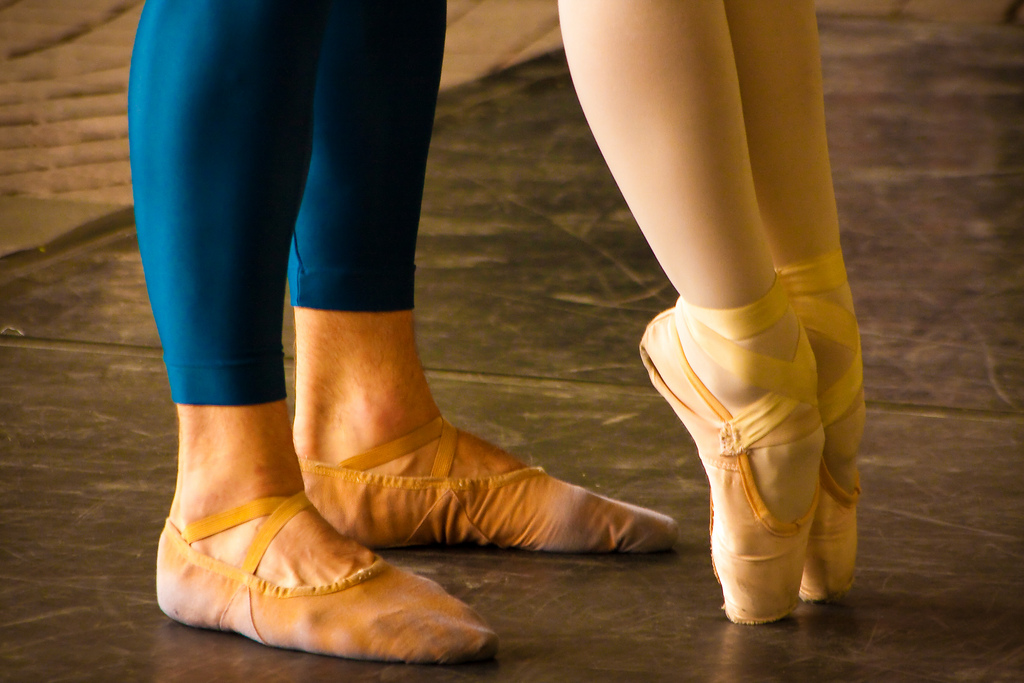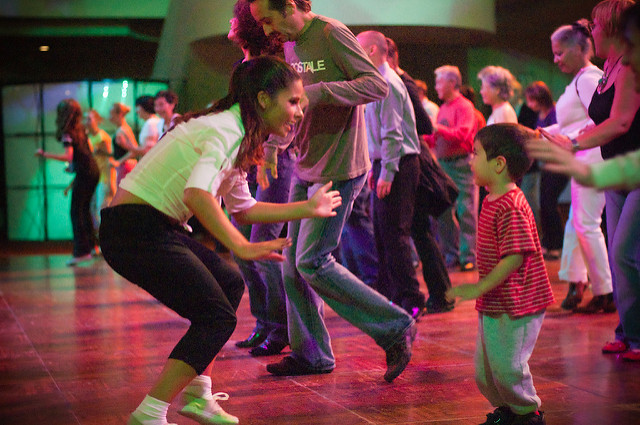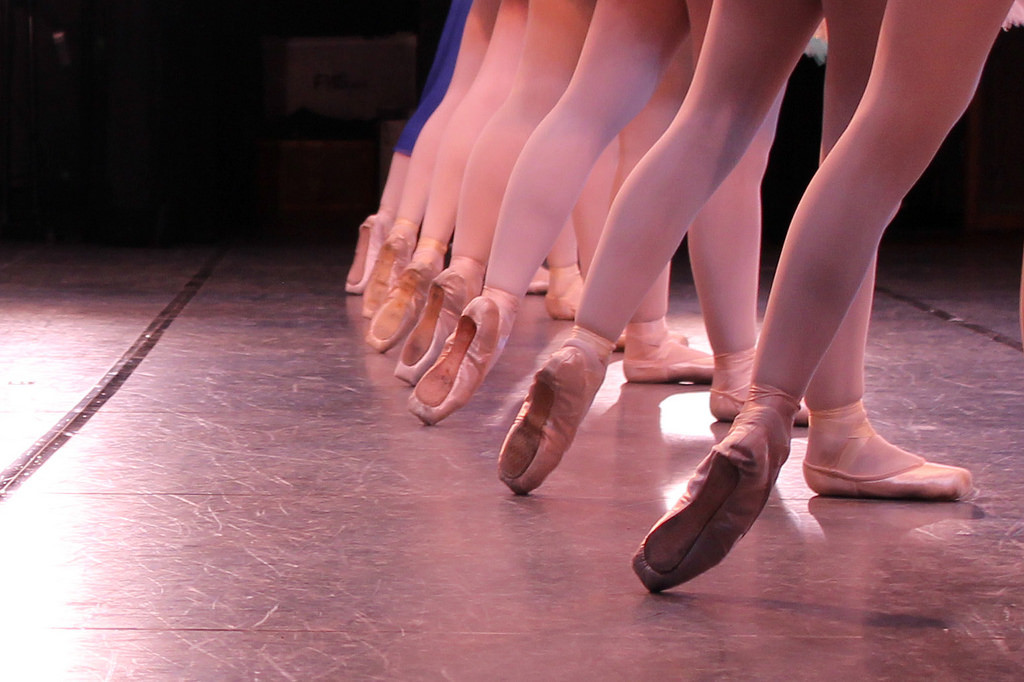 Step 1: Decide on Studio Type
Step 1: Decide on Studio Type
The popularity of dance programs on television has stoked the interest for people of all ages to take dance classes. When starting out, it’s important to decide the type of school you want to have. Will you only teach certain ages, perhaps specializing in elementary school children or adults? Do you want to teach a specific style of dance such as ballet or tap? Will yours be a competition or performance studio? Will you offer training for professionals or be open to recreational dancers?
Consider whether you will start with a new studio, or buy an established studio or franchise (such as Arthur Murray). Decide on how much square footage you need (see Step 3 below), and whether you will buy or lease your space. Be sure to get all appropriate permits.
Step 2: Construct a Dance School Business Plan
Having a business plan is the most important part of starting your school. It will be the blue print and the road map as you begin and move forward with your business. It should detail:
- Your mission
- Projected financials (see How to Calculate Labor Costs in a Dance Studio)
- Plans for obtaining funding
- Sample budgets
- Analysis of the market
- Organizational structure
- Legal structure (such as partnership or incorporation)
- Business licenses and insurance
- Equipment and supplies
- Interior design
It can be helpful to reach out to other dance studio owners during this process. They may provide helpful information and/or be willing to mentor you as you begin.
The U.S. Small Business Administration provides resources for writing effective business plans. We summarize the SBAs pages of information, and add helpful tips in our article on the format for writing a business plan. There, you’ll also find an actual sample dance studio business plan. Forbes magazine also provide helpful tips and templates.
Entrepreneur magazine estimates startup cost for a dance studio is between $10,000 and $50,000.
Step 3: Identify Facility Requirements
Deciding on square footage requires you to take into consideration more than just the dance space. Plan for the following:
- Lobby
- Storage
- Bathrooms
- Locker room
- Business office
A good facility should also have convenient parking that can accommodate your target customers.
If the space you acquire was not already used as a dance school, you may have to make some renovations before opening. Consider the following:
- Good sprung floor to absorb shock
- Large wall mirrors
- Barres (if you teach ballet or other style that requires their use)
- Good sound system
Step 4: Determine Roles Needed for Teachers and Staff
If you are qualified to teach, you can begin by offering a few classes that you teach yourself. As your business grows, you may expand to offer a variety of classes with a large staff of dance instructors.
As you make your business plan, be sure to create a budget that includes salaries for your instructors and staff. You may recognize that at first you may not be able to pay yourself. However, paying a staff makes them more loyal, dedicated and reliable.
If you do not already have people in mind to teach classes, you might consider allowing potential teachers conduct trial classes. This allows you to access their skills.
Even if you are running the school on your own, it is helpful to have at least one other staffer. That person can help with tasks such as opening and closing, cleaning, answering the phones, attending to students, and office tasks.
Step 5: Getting Initial Students
In many instances, people decide to open a dance school because they have found their target audience and wish to fill the need for them. Others decide to open a school and look for students. To do so, consider:
- Put up a sign outside your new facility to advertise your “grand opening”
- Hold an open house
- Notify local media so you may get coverage
- Create a website
- Spread the word on social media
- Have your students perform at community events
- Participate in small business events where you can share information about the school
- Encourage word of mouth recommendations
Step 6: Marketing your Launch and Beyond
Make your launch an event. After your grand opening, publicize your dance school by:
- Offering performances for the community
- Participating in a community event such as a fashion show or concert
- Hosting a charity event where students participate or perform
Investing in business cards, brochures and promotional posters can be helpful for publicizing your school.
These days, having a website for your business is essential. Not only can potential students learn your address, contact information and hours, it’s a great place to post:
- Dates classes begin/end
- Dates of performances
- Calendar of special events
- Photos of dancers
- Videos of classes or performances
Consider dedicating a portion of the site to a shop where students can purchase promotional items such as t-shirts, duffle bags and other swag. If you don’t have a lot of other stock (such as dance shoes, leg warmers or other dance wear), consider partnering with, or linking to, reputable websites that carry items students will need for class.
As important as a website for a small business is, content marketing is equally important. It’s an easy way to engage your target audience. Use social media and post pictures, videos and articles about your dance school. Having a blog on your website will also drive interest. According to HubSpot, people who prioritize blogging for their business are 13 times more likely to enjoy positive return on investment. Taking just a little bit of time to tell the story of your dance school and becoming a resource for potential students allows them to get to know you, trust you and take steps to enroll.
Photo Credits:
Photo of ballet dancers on stage by zaimoku_woodpile, under the Attribution 2.0 Generic license
Feature photo by Garry Knight, under the Attribution 2.0 Generic license
Photo of dance party instructor and child by Joseph Choi, under the Attribution 2.0 Generic license



